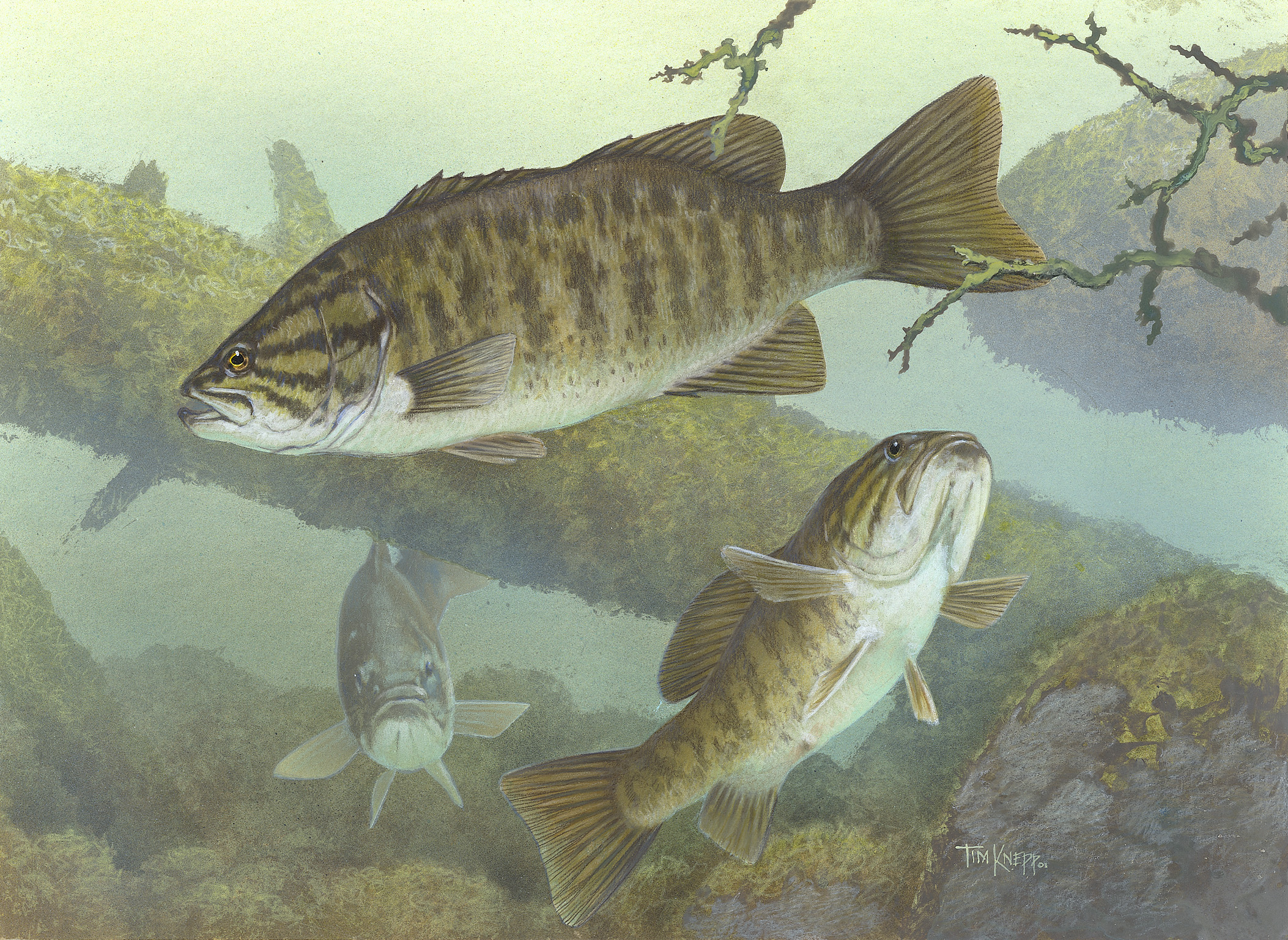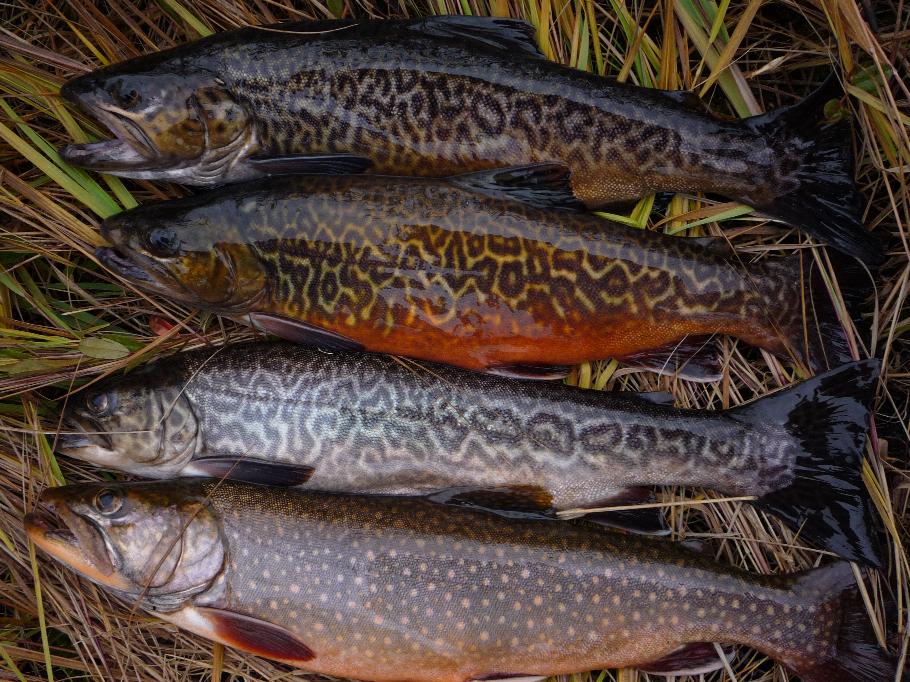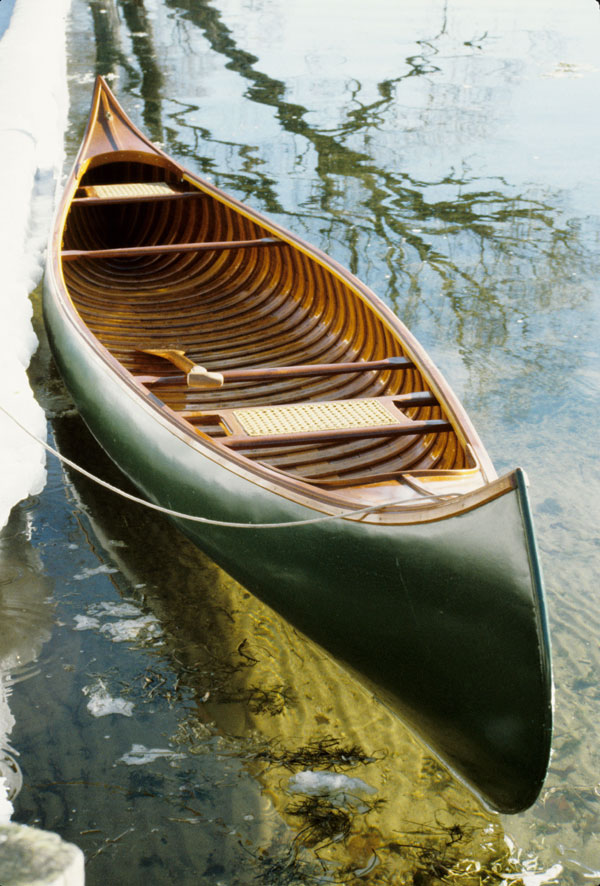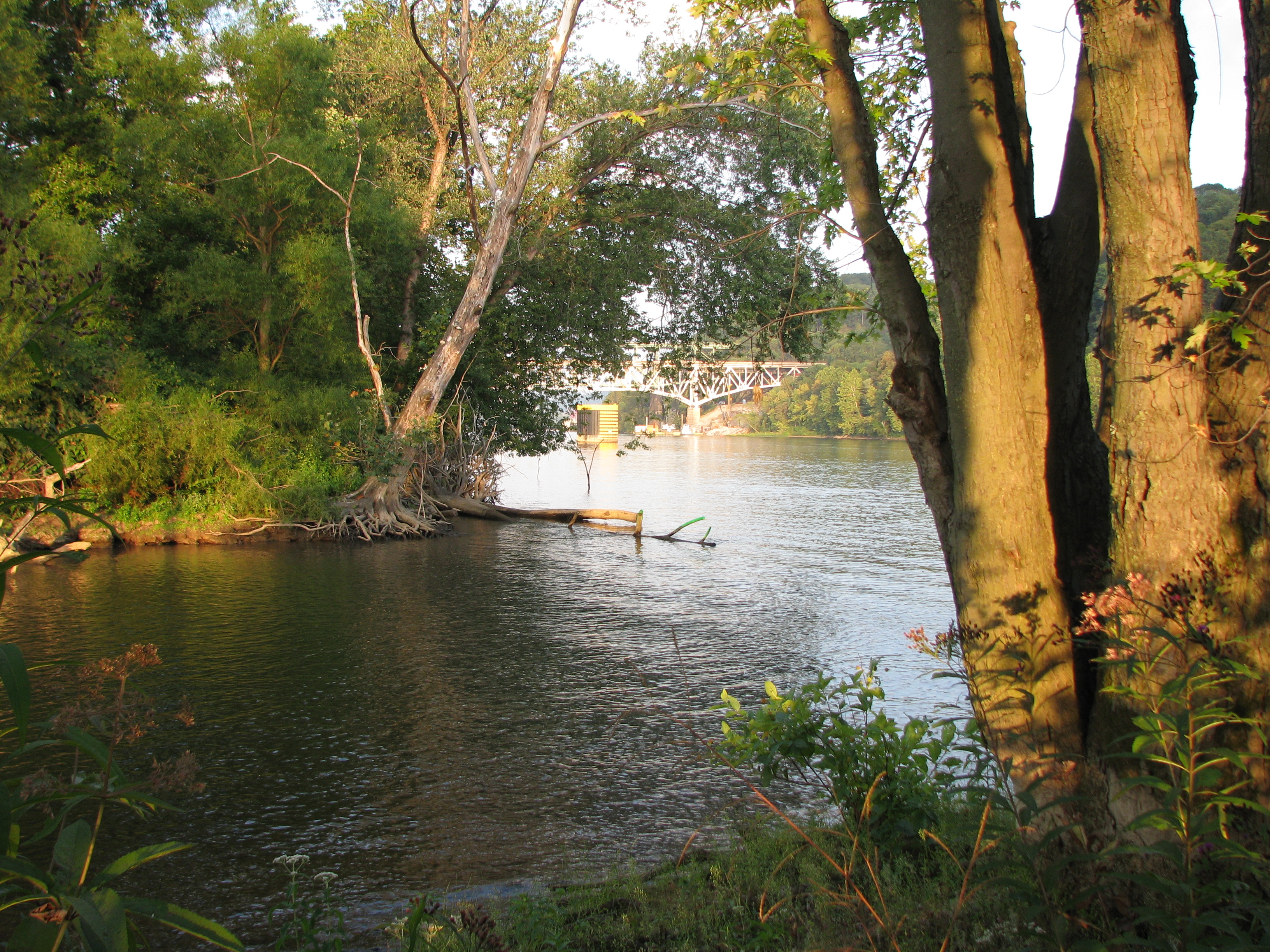|
Chapman State Park
Chapman State Park is a Pennsylvania state park in Pleasant Township, Warren County, Pennsylvania near Clarendon, in the United States. The man-made Chapman Lake covers of the park. Chapman State Park is named in honor of Dr. Leroy E. Chapman. Dr. Chapman was a state senator from 1929 until 1963. He was part of several civic groups that pushed for the creation of a state park in Warren County. Chapman State Park, opened in 1951, is adjacent to Allegheny National Forest and State Game Land 29 just off U.S. Route 6. Recreation Chapman State Park is open for year-round recreation. Chapman Lake is open for swimming, boating, and fishing. A large picnic area is near the beach and overlooks the lake. Five pavilions are available by reservation or first-come, first-served. A rustic, wooded campground is open mid-April through mid-December. Twelve miles (19 km) of trails are open to hiking. Chapman State Park is also open to hunting and fishing in the streams as well as ... [...More Info...] [...Related Items...] OR: [Wikipedia] [Google] [Baidu] |
Chapman Lake (Pennsylvania)
Chapman Lake is a reservoir located in Warren County, Pennsylvania entirely within the Chapman State Park. Chapman State Park is a 862 acre state park that opens from sunrise to sunset. The lake is formed by the disbandment of the West Branch of the Tionesta Creek. The lake spans 68 acres and has fishing for both warm-water and cold-water fish. The park is off US 6 U.S. Route 6 (US 6), also called the Grand Army of the Republic Highway, honoring the American Civil War veterans association, is a main route of the U.S. Highway system. While it currently runs east-northeast from Bishop, California, to ..., near the town of Clarendon. The nearest hospital iwarren general hospital References See also * List of lakes in Pennsylvania {{authority control Reservoirs in Pennsylvania Protected areas of Warren County, Pennsylvania Bodies of water of Warren County, Pennsylvania ... [...More Info...] [...Related Items...] OR: [Wikipedia] [Google] [Baidu] |
Snowmobile
A snowmobile, also known as a Ski-Doo, snowmachine, sled, motor sled, motor sledge, skimobile, or snow scooter, is a motorized vehicle designed for winter travel and recreation on snow. It is designed to be operated on snow and ice and does not require a road or trail, but most are driven on open terrain or trails. Snowmobiling is a sport that many people have taken on as a serious hobby. Older snowmobiles could generally accommodate two people; however, most snowmobiles manufactured since the 1990s have been designed to only accommodate one person. Snowmobiles built with the ability to accommodate two people are referred to as "2-up" snowmobiles or "touring" models and make up an extremely small share of the market. Most snowmobiles do not have any enclosures, except for a windshield, and their engines normally drive a continuous track at the rear. Skis at the front provide directional control. Early snowmobiles used simple rubber tracks, but modern snowmobiles' tracks are u ... [...More Info...] [...Related Items...] OR: [Wikipedia] [Google] [Baidu] |
Centrarchidae
Centrarchidae, better known as sunfishes, is a family of freshwater ray-finned fish belonging to the order Perciformes (formerly belonging to the deprecated order Centrarchiformes), native only to North America. There are eight universally included genera within the centrarchid family: '' Lepomis'' (true sunfishes), '' Micropterus'' (black basses), ''Pomoxis'' (crappies), '' Enneacanthus'' (banded sunfishes), ''Centrarchus'' (type genus, consisting solely of the flier ''C. macropterus''), ''Archoplites'' ( Sacramento perch), '' Ambloplites'' (rock basses), and ''Acantharchus'' ( mud sunfish). A genetic study in 2012 suggests that the highly distinct pygmy sunfishes of the genus '' Elassoma'' are also centarchids. The centrarchid family comprises 38 identified species, 34 of which are extant. It includes many popular game fishes familiar to North American anglers, such as the rock bass, largemouth bass, bluegill, pumpkinseed, green sunfish and crappies. Most sunfis ... [...More Info...] [...Related Items...] OR: [Wikipedia] [Google] [Baidu] |
Bluegill
The bluegill (''Lepomis macrochirus''), sometimes referred to as "bream", "brim", "sunny", or "copper nose" as is common in Texas, is a species of North American freshwater fish, native to and commonly found in streams, rivers, lakes, ponds and wetlands east of the Rocky Mountains. It is the type species of the genus '' Lepomis'' (true sunfish), from the family Centrarchidae (sunfishes, crappies and black basses) in the order Perciformes ( perch-like fish). Bluegills can grow up to long and about . While their color can vary from population to population, they typically have a very distinctive coloring, with deep blue and purple on the face and gill cover, dark olive-colored bands down the side, and a fiery orange to yellow belly. They are omnivorous and will consume anything they can fit in their mouth, but mostly feed on small aquatic insects and baitfishes. The fish are important prey for bass, other larger sunfish, northern pike and muskellunge, walleye, t ... [...More Info...] [...Related Items...] OR: [Wikipedia] [Google] [Baidu] |
Brown Trout
The brown trout (''Salmo trutta'') is a European species of salmonid fish that has been widely introduced into suitable environments globally. It includes purely freshwater populations, referred to as the riverine ecotype, ''Salmo trutta'' morpha ''fario'', a lacustrine ecotype, ''S. trutta'' morpha ''lacustris'', also called the lake trout, and anadromous forms known as the sea trout, ''S. trutta'' morpha ''trutta''. The latter migrates to the oceans for much of its life and returns to fresh water only to spawn. Sea trout in Ireland and Britain have many regional names: sewin in Wales, finnock in Scotland, peal in the West Country, mort in North West England, and white trout in Ireland. The lacustrine morph of brown trout is most usually potamodromous, migrating from lakes into rivers or streams to spawn, although evidence indicates some stocks spawn on wind-swept shorelines of lakes. ''S. trutta'' morpha ''fario'' forms stream-resident populations, typically in alpine st ... [...More Info...] [...Related Items...] OR: [Wikipedia] [Google] [Baidu] |
Brook Trout
The brook trout (''Salvelinus fontinalis'') is a species of freshwater fish in the char genus ''Salvelinus'' of the salmon family Salmonidae. It is native to Eastern North America in the United States and Canada, but has been introduced elsewhere in North America, as well as to Iceland, Europe, and Asia. In parts of its range, it is also known as the eastern brook trout, speckled trout, brook charr, squaretail, brookie or mud trout, among others. A potamodromous population in Lake Superior, as well as an anadromous population in Maine, is known as coaster trout or, simply, as coasters. The brook trout is the state fish of nine U.S. states: Michigan, New Hampshire, New Jersey, New York, North Carolina, Pennsylvania, Vermont, Virginia, and West Virginia, and the Provincial Fish of Nova Scotia in Canada. Systematics and taxonomy The brook trout was first scientifically described as ''Salmo fontinalis'' by the naturalist Samuel Latham Mitchill in 1814. The specific epi ... [...More Info...] [...Related Items...] OR: [Wikipedia] [Google] [Baidu] |
Habitat (ecology)
In ecology, the term habitat summarises the array of resources, physical and biotic factors that are present in an area, such as to support the survival and reproduction of a particular species. A species habitat can be seen as the physical manifestation of its ecological niche. Thus "habitat" is a species-specific term, fundamentally different from concepts such as environment or vegetation assemblages, for which the term "habitat-type" is more appropriate. The physical factors may include (for example): soil, moisture, range of temperature, and light intensity. Biotic factors will include the availability of food and the presence or absence of predators. Every species has particular habitat requirements, with habitat generalist species able to thrive in a wide array of environmental conditions while habitat specialist species requiring a very limited set of factors to survive. The habitat of a species is not necessarily found in a geographical area, it can be the interior ... [...More Info...] [...Related Items...] OR: [Wikipedia] [Google] [Baidu] |
Kayak
A kayak is a small, narrow watercraft which is typically propelled by means of a double-bladed paddle. The word kayak originates from the Greenlandic word '' qajaq'' (). The traditional kayak has a covered deck and one or more cockpits, each seating one paddler. The cockpit is sometimes covered by a spray deck that prevents the entry of water from waves or spray, differentiating the craft from a canoe. The spray deck makes it possible for suitably skilled kayakers to roll the kayak: that is, to capsize and right it without it filling with water or ejecting the paddler. ] Some modern boats vary considerably from a traditional design but still claim the title "kayak", for instance in eliminating the cockpit by seating the paddler on top of the boat ("sit-on-top" kayaks); having inflated air chambers surrounding the boat; replacing the single hull with twin hulls; and replacing paddles with other human-powered propulsion methods, such as foot-powered rotational propellers an ... [...More Info...] [...Related Items...] OR: [Wikipedia] [Google] [Baidu] |
Canoe
A canoe is a lightweight narrow water vessel, typically pointed at both ends and open on top, propelled by one or more seated or kneeling paddlers facing the direction of travel and using a single-bladed paddle. In British English, the term ''canoe'' can also refer to a kayak, while canoes are called Canadian or open canoes to distinguish them from kayaks. Canoes were developed by cultures all over the world, including some designed for use with sails or outriggers. Until the mid-19th century, the canoe was an important means of transport for exploration and trade, and in some places is still used as such, sometimes with the addition of an outboard motor. Where the canoe played a key role in history, such as the Northern United States, Canada, and New Zealand, it remains an important theme in popular culture. Canoes are now widely used for competition and pleasure, such as racing, whitewater, touring and camping, freestyle and general recreation. Canoeing has been ... [...More Info...] [...Related Items...] OR: [Wikipedia] [Google] [Baidu] |
Pennsylvania Bureau Of State Parks
There are 124 state parks in the U.S. state of Pennsylvania . The Pennsylvania Bureau of State Parks, a division of the Pennsylvania Department of Conservation and Natural Resources (DCNR), is the governing body for all these parks, and directly operates 116 of them. The remaining eight are operated in cooperation with other public and private organizations. The first Pennsylvania state park, at Valley Forge, opened in 1893 and was given to the National Park Service (NPS) for America's bicentennial in 1976. There are a total of seventeen former Pennsylvania state parks: four former parks have been transferred to the NPS, four to the Pennsylvania Historical Museum Commission, two to the U.S. Army Corps of Engineers, one to both the Corps and the Pennsylvania Game Commission, five to the Pennsylvania Bureau of Forestry, and one has ceased to exist. Nine current and two former state parks have had major name changes or have been known under alternate names. The list gives an overvie ... [...More Info...] [...Related Items...] OR: [Wikipedia] [Google] [Baidu] |
Pennsylvania Fish And Boat Commission
The Pennsylvania Fish and Boat Commission is an independent state agency responsible for the regulation of all fishing and boating in the state of Pennsylvania within the United States of America. Unlike many U.S. states, Pennsylvania has a separate Game Commission. Its mission is: to protect, conserve, and enhance the Commonwealth's aquatic resources and provide fishing and boating opportunities. Created by law signed on March 23, 1866 by Governor Andrew Curtin, its original main purpose was to restore fish migrations of American shad within the rivers. Today, its scope manages boat launches, waterways, fish hatcheries, and other properties used for recreational fishing and boating. It also regulates the accessibility through dams on major waterways via fish ladders. Ten members make up the Board of Commissioners who oversee all operations, serving 8-year terms without pay. Among others, the Commission employs waterway conservation officers and biologists, while also util ... [...More Info...] [...Related Items...] OR: [Wikipedia] [Google] [Baidu] |
Labor Day
Labor Day is a federal holiday in the United States celebrated on the first Monday in September to honor and recognize the American labor movement and the works and contributions of laborers to the development and achievements of the United States. The three-day weekend it falls on is called Labor Day Weekend. Beginning in the late 19th century, as the trade union and labor movements grew, trade unionists proposed that a day be set aside to celebrate labor. "Labor Day" was promoted by the Central Labor Union and the Knights of Labor, which organized the first parade in New York City. In 1887, Oregon was the first state of the United States to make it an official public holiday. By the time it became an official federal holiday in 1894, thirty states in the U.S. officially celebrated Labor Day. Canada's Labour Day is also celebrated on the first Monday of September. More than 80 other countries celebrate International Workers' Day on May 1, the ancient European holida ... [...More Info...] [...Related Items...] OR: [Wikipedia] [Google] [Baidu] |







